Your Leadership is Calling.
How to Give Them What They Want
By: Mark A. Brousseau | July 12, 2022
ARTICLE — If it feels like leadership is asking more of your finance department, you are not imagining things.
Fifty-eight percent of finance practitioners say that their department is getting more exposure to senior leadership, according to the 2020 FP&A COVID-19 Survey from the Association for Finance Professionals (AFP). Finance professionals are increasingly being called upon to present directly to corporate leadership on the financial standing of the business and to assist in financial planning.
In the past, these types of presentations typically were presented by the CFO. But leadership increasingly recognizes that the information that flows through finance is critical to building scenarios, evaluating response options, and reforecasting financials as conditions change.
Leaders of larger businesses, for instance, are leaning on finance to provide data for reprioritizing growth initiatives. Leadership at small and mid-sized businesses want finance professionals to help model cash flow needs and to identify opportunities to negotiate terms with vendors or customers.
Who better to deliver these insights than the financial professionals in the trenches?
The data that flows through the finance department is critical to helping senior management explore multiple scenarios, evaluate response options, and reforecast as conditions change. That is why most finance departments are now involved in increased internal reporting cycles. Nearly one-in-three finance departments are producing a financial reforecast every day, AFP’s COVID-19 research finds.
Only three percent of finance professionals say their department is not involved in financial planning. But providing actionable information to the company is no small feat for many finance professionals.
Nearly half of the finance professionals surveyed by AFP earlier this year believe that their department lacks the operating infrastructure it needs to provide timely and insightful reforecasts and analysis.
Budgetary control is one area where the financial reporting at most businesses comes up short.
Traditional approaches to controlling budgets provide limited visibility into the procurement pipeline and into employee expenses, they cannot check proposed purchases against available budget, and it is difficult for finance professionals to reconcile budget versus actual reports against procurement data.
Some businesses rely on spreadsheets for reporting on performance against budgets. This is not what leadership has in mind.
Finance professionals need better tools for developing and evaluating forecasts and scenarios. That is where an automated budgetary control solution for NetSuite comes in.
Budgetary control solutions tightly integrate with NetSuite business processes to extend both advanced and standard procurement and to provide more granular budget information. For instance, every time a transaction is modified, the technology updates the NetSuite budget ledger in real-time.
With an automated budgetary control solution for NetSuite, finance professionals have complete visibility into budget performance, from the point of purchase requisition or purchase order. That is more like it!
Leadership expects finance to be a partner in helping the business navigate tough times. Finance departments that invest in budgetary control solutions for NetSuite will be in a better position to respond and deliver the spend management information required to make important decisions.
To learn how your business can benefit from a budgetary control solution for NetSuite, contact PyanGo to arrange a no-obligation consultation and demonstration with one of our experts.




